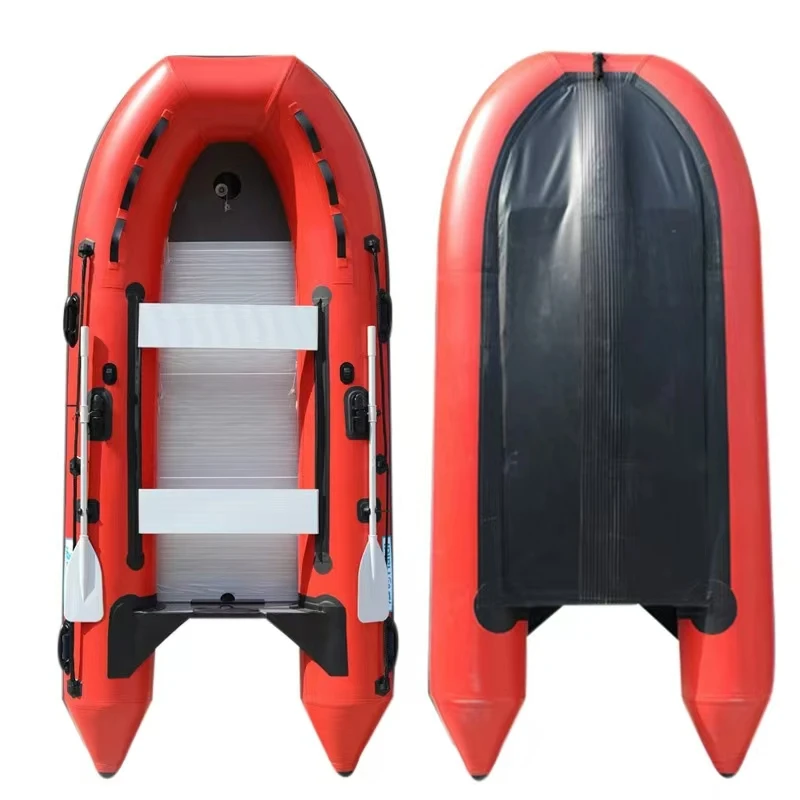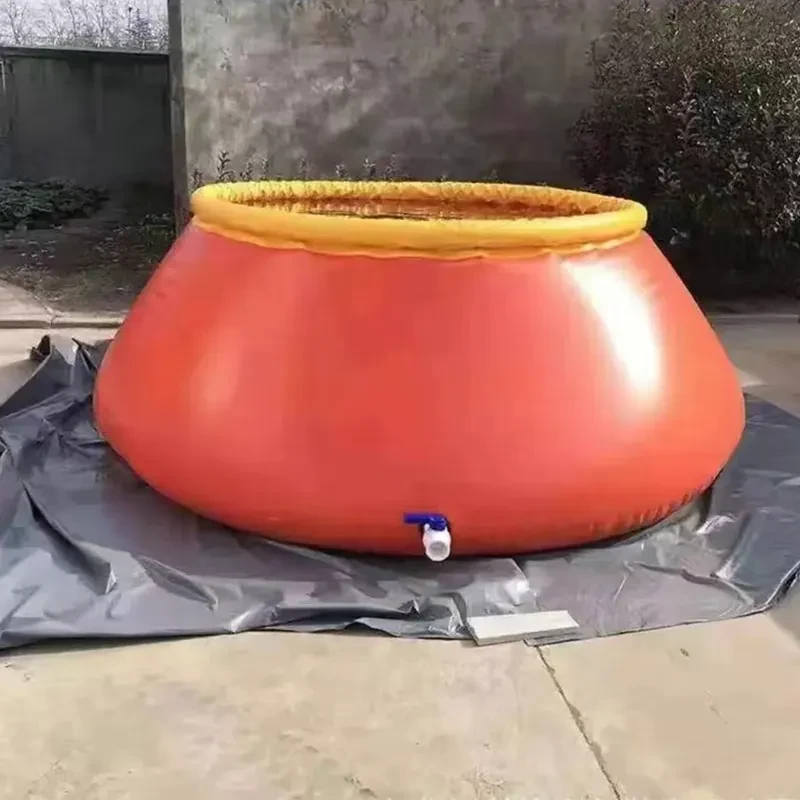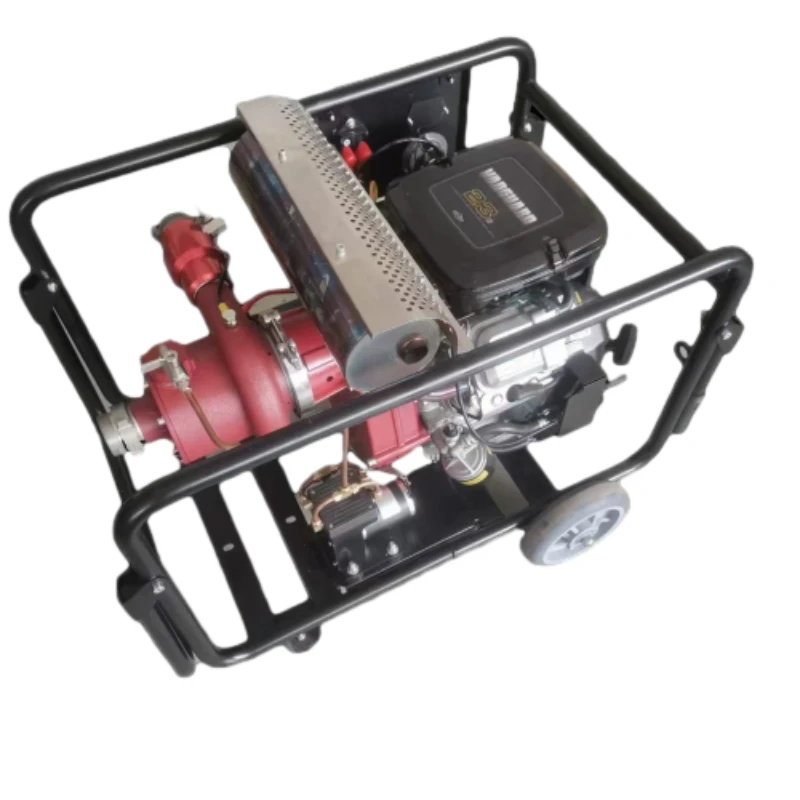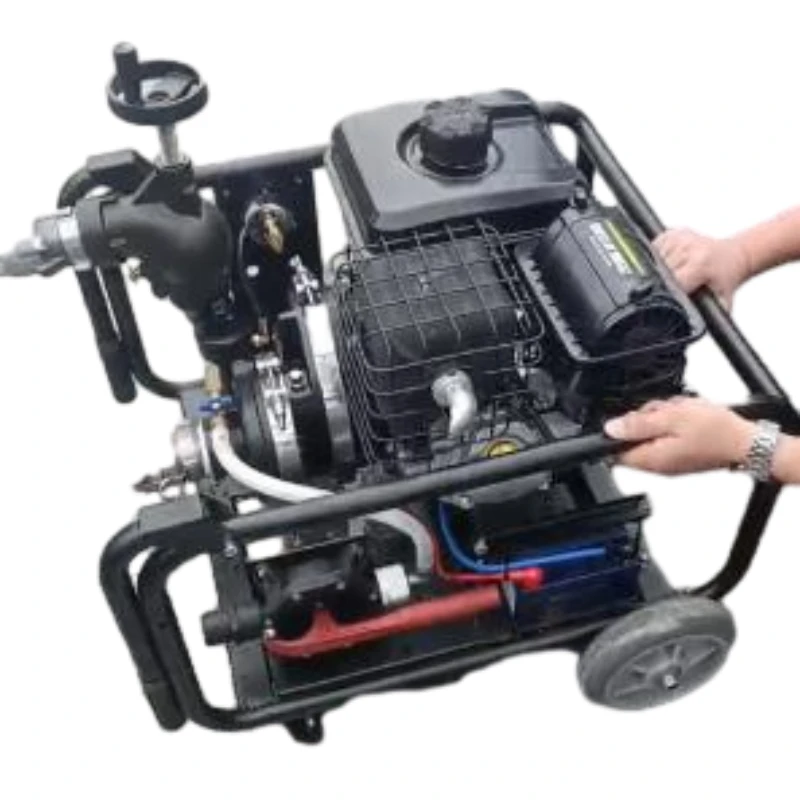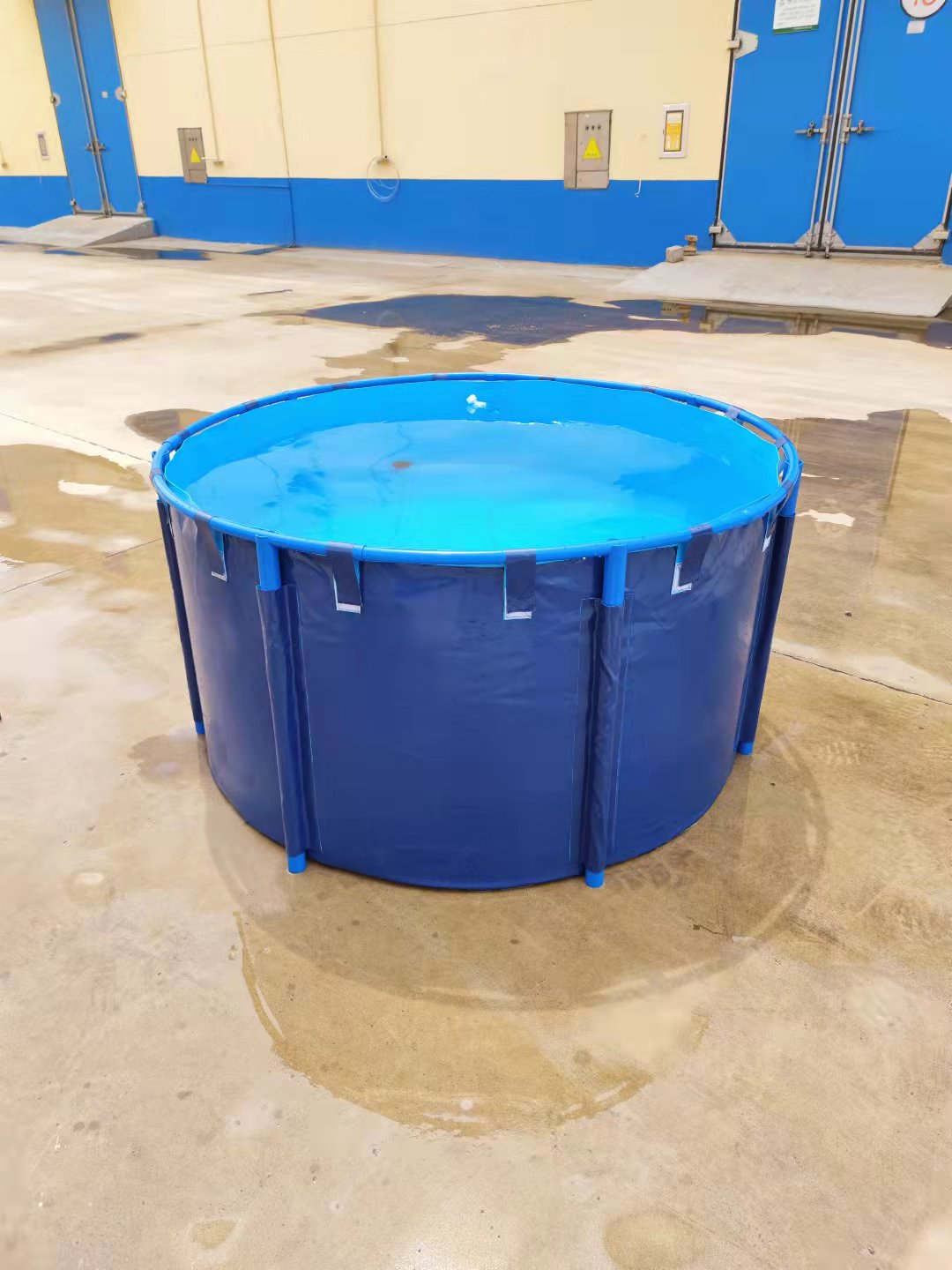The Critical Role of Industrial Fire Beater in Modern Safety Protocols
In industrial environments where rapid response to nascent fire incidents is paramount, the Fire Beater stands as an indispensable, first-line defense tool. Far beyond a simple manual implement, today's industrial-grade Fire Beaters are engineered products designed for efficiency, durability, and specialized application in high-risk sectors. These tools are crucial for controlling small, incipient fires, particularly those involving Class A combustibles (wood, paper, cloth) or specialized fires where water or chemical agents might be detrimental or unavailable. Their robust construction ensures reliability in demanding conditions, offering a critical advantage in preventing minor incidents from escalating into catastrophic events, thereby safeguarding personnel, assets, and operational continuity in sectors like petrochemicals, mining, and public utilities. The strategic deployment of such specialized equipment aligns with proactive safety management, minimizing downtime and mitigating potential environmental impacts.
The evolution of fire safety equipment reflects an increasing emphasis on precision and material science, driven by stringent industry regulations and the growing complexity of industrial operations. Traditional methods have given way to advanced tools that combine ergonomic design with superior material properties. This technological progression is not merely about enhancing the physical attributes of the Fire Beater but also about integrating it into a holistic fire safety strategy. Modern designs prioritize features such as non-sparking materials for hazardous atmospheres, superior heat resistance, and enhanced leverage for effective fire suppression. These advancements ensure that even in the most challenging industrial landscapes, fire safety personnel have reliable, high-performance tools at their disposal, enabling swift and effective intervention to mitigate fire risks.
Industry Trends & Technical Specifications of Fire Beaters
The fire safety industry is witnessing a trend towards more specialized, durable, and environmentally conscious equipment. For Fire Beaters, this translates into a focus on non-toxic materials, reduced ecological footprint in manufacturing, and enhanced longevity to minimize replacement cycles. Innovations include the use of recycled materials in handles and heads, alongside advanced polymers and alloys for superior performance. Furthermore, there's a growing demand for tools that can withstand extreme temperatures and corrosive environments, common in heavy industries. This drives the integration of materials like fiberglass for handles and high-density, fire-retardant rubber or specialized metals for the beating head, ensuring operational integrity even in the most demanding conditions. The integration of smart features, such as RFID tagging for inventory management and maintenance tracking, also represents a burgeoning trend, enhancing operational efficiency and compliance.
Below is a representative table outlining typical technical parameters for industrial-grade Fire Beaters, reflecting current industry standards and design considerations. These specifications are crucial for procurement managers and safety engineers in selecting equipment that meets specific operational demands and compliance requirements. Emphasis is placed on material composition, which directly impacts durability, heat resistance, and safety in hazardous environments. Understanding these parameters ensures the selection of a tool that performs reliably under duress, contributing to overall site safety and incident response effectiveness.
| Parameter | Typical Specification | Benefit / Application |
|---|---|---|
| Overall Length | 1.5 - 2.0 meters (59 - 79 inches) | Optimal reach and leverage for various fire types. |
| Head Material | High-density vulcanized rubber or Non-sparking Aluminum Alloy | Durability, flame resistance, and safety in flammable atmospheres. |
| Handle Material | Reinforced Fiberglass or High-strength Steel | Lightweight, non-conductive, superior strength-to-weight ratio. |
| Weight | 2.5 - 4.0 kg (5.5 - 8.8 lbs) | Ergonomic for prolonged use, yet sufficient mass for effectiveness. |
| Operating Temperature Range | -30°C to +80°C (-22°F to +176°F) | Reliable performance in diverse climatic and industrial conditions. |
| Impact Resistance | Meets ANSI Z87.1 (simulated impact) for handle integrity | Ensures structural integrity under rigorous use. |
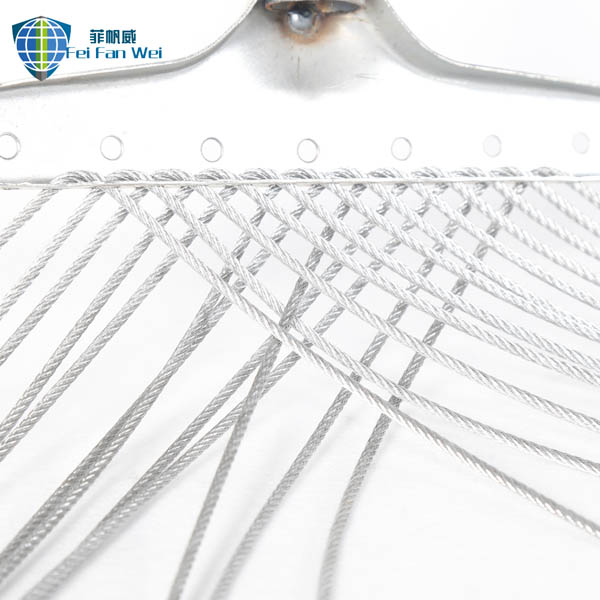
Figure 1: Industrial-grade Fire Beater showcasing robust construction.
Advanced Manufacturing Process of Industrial Fire Beaters
The manufacturing of a high-performance Fire Beater involves a meticulous multi-stage process, ensuring unparalleled quality and durability suitable for harsh industrial conditions. The core materials, often including high-grade steel alloys for structural components and specialized rubbers or composites for the beating head, are selected based on their specific properties such as flame resistance, impact absorption, and non-conductivity. For steel components, processes like precision forging are utilized to create a dense, strong grain structure, enhancing resistance to deformation and fatigue. Alternatively, casting may be employed for complex geometries, followed by precise machining to achieve final dimensions and surface finishes. Fiberglass handles, known for their lightweight and non-conductive properties, are typically manufactured through pultrusion, a continuous process creating high-strength composite profiles.
Following the primary material formation, CNC (Computer Numerical Control) machining plays a vital role in achieving tight tolerances and intricate designs for critical interfaces, such as the head-to-handle joint, ensuring a secure and durable connection. Surface treatments, including powder coating for corrosion resistance or specialized chemical treatments for enhanced flame retardancy, are applied to extend the product's service life and maintain aesthetic integrity. Throughout the entire manufacturing chain, rigorous quality control protocols are implemented. This includes adherence to international standards such as ISO 9001 for quality management systems and specific product performance tests conforming to ANSI/UL standards where applicable. Each batch undergoes non-destructive testing, material composition analysis, and functional performance checks to guarantee consistency and reliability. This comprehensive approach results in a Fire Beater with an estimated service life exceeding 10 years under proper maintenance, offering significant long-term value in industries such as petrochemical, metallurgy, and water treatment facilities, where equipment reliability is non-negotiable.
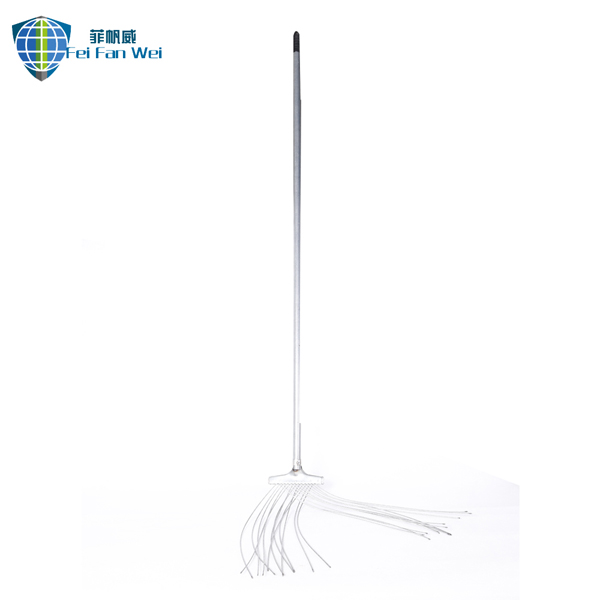
Figure 2: Precision engineering for optimal Fire Beater performance.
Key Technical Advantages in Diverse Applications
The advanced design of modern industrial Fire Beaters offers distinct technical advantages across a spectrum of challenging environments. One primary benefit is their inherent non-sparking capability, crucial in hazardous areas within petrochemical plants, refineries, and mining operations where flammable gases or dust are present. Utilizing materials like specialized rubber or non-ferrous alloys for the beating head significantly reduces the risk of ignition. Furthermore, the corrosion resistance of treated steel or fiberglass handles ensures longevity and reliability even when exposed to harsh chemicals, saltwater, or extreme weather conditions, which are common in coastal industrial complexes or offshore platforms. This durability translates into lower replacement costs and consistent operational readiness, vital for maintaining stringent safety standards.
Beyond material resilience, the ergonomic design of the Fire Beater significantly contributes to its effectiveness and user safety. Optimal weight distribution, anti-slip grips, and appropriate handle lengths reduce operator fatigue, allowing for more sustained and powerful application during fire suppression. This focus on ergonomics enhances efficiency, enabling firefighters to apply maximum force precisely where needed without undue strain. In scenarios like grass or brush fires near industrial facilities, the broad, flat head of the Fire Beater excels at smothering flames by depriving them of oxygen, demonstrating an energy-efficient method of extinguishment compared to water-based systems. This targeted approach minimizes collateral damage and water consumption, making it an environmentally conscious choice for certain fire classes. Its simplicity also means zero maintenance burden compared to powered equipment, guaranteeing immediate readiness.

Figure 3: Ergonomic design for effective fire suppression.
Application Scenarios and Practical Case Studies
The utility of the Fire Beater spans a broad range of critical industrial and environmental settings. In petrochemical complexes and oil & gas facilities, where small liquid spills or localized fires can quickly escalate, the non-sparking Fire Beater provides an immediate, safe solution for contained fire suppression, particularly where water application might spread flammable liquids. Similarly, in mining operations, especially those dealing with coal or combustible dust, these tools are vital for initial attack on small smoldering fires on conveyer belts or in dusty areas, preventing larger explosions. Their robust construction and ability to operate without external power sources make them ideal for remote or underground sections of a mine. For utility companies managing extensive electrical grids or pipeline networks, having readily accessible Fire Beaters helps in managing vegetation fires that often occur near transmission lines or in remote rights-of-way, before they threaten critical infrastructure.
A notable case study involves a large wastewater treatment plant that experienced frequent small fires in sludge drying beds due to spontaneous combustion. Traditional methods involved chemical extinguishers, which were costly and created chemical waste. By implementing robust Fire Beaters as the primary response tool, the plant significantly reduced chemical usage by 70% over a year, achieving better environmental compliance and operational cost savings. The non-corrosive properties of the Fire Beaters were also critical in this high-humidity, chemically rich environment. Another example comes from steel manufacturing facilities, where localized slag fires or molten metal splashes could ignite surrounding debris. The immediate availability of durable Fire Beaters allowed swift smothering of these fires, minimizing production interruptions and protecting valuable machinery. These examples underscore the effectiveness and versatility of specialized Fire Beaters as a cornerstone of industrial fire safety strategy.
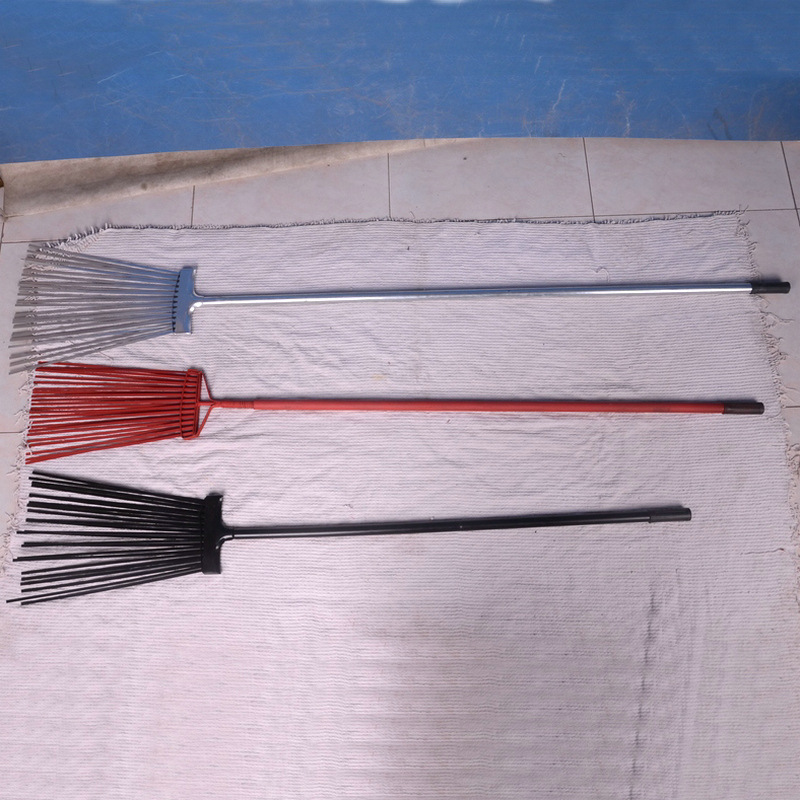
Figure 4: Fire Beater in action during a controlled industrial drill.
Manufacturer Comparison & Tailored Customization Solutions
When selecting a supplier for industrial Fire Beaters, B2B decision-makers prioritize several key factors beyond mere cost: material quality, adherence to international safety standards, manufacturing expertise, and the ability to provide customized solutions. Leading manufacturers differentiate themselves through their certified production processes (e.g., ISO 9001, CE Markings), extensive R&D investments, and proven track record with major industrial clients. A reputable supplier will offer comprehensive product documentation, including material safety data sheets (MSDS) and performance test reports. For instance, a comparison might reveal that while some manufacturers offer standard steel and rubber options, top-tier suppliers provide advanced alternatives such as marine-grade stainless steel for offshore applications or anti-static composites for intrinsically safe zones, demonstrating a deeper understanding of industry-specific challenges.
The capacity for customized solutions is a significant value proposition for large industrial clients. This might include specific handle lengths to accommodate unique operational clearances, specialized head designs for particular fire classes (e.g., flatter heads for grass fires, angled heads for confined spaces), or integration of proprietary corporate branding and serial numbering for asset tracking. For example, a major refinery might require Fire Beaters with handles color-coded to specific safety zones, or with integrated RFID tags for streamlined inventory management and compliance auditing. Our company, with over two decades of experience in fire safety equipment and partnerships with global energy and mining conglomerates, offers extensive customization options. We leverage our advanced CNC capabilities and material science expertise to engineer Fire Beaters that are precisely tailored to the client's operational environment, ensuring optimal safety and maximum return on investment. Our collaborative design process ensures that every bespoke solution meets exacting performance and safety requirements.

Figure 5: Custom-engineered Fire Beater components for specialized applications.
Ensuring Trust: Quality Assurance, Delivery, and Customer Support
Trust is paramount in the B2B sector, especially concerning critical safety equipment. Our commitment to quality assurance is unwavering, backed by certifications such as ISO 9001:2015 for our quality management system and adherence to CE Marking directives for European markets. Each Fire Beater undergoes rigorous multi-point inspection, including material certification, structural integrity testing, and performance validation against specified parameters. We provide a comprehensive 5-year limited warranty on all manufacturing defects, reflecting our confidence in the durability and craftsmanship of our products. This warranty covers structural integrity and material performance under normal operating conditions, ensuring peace of mind for our clients and minimizing the total cost of ownership over the product's extended service life.
Our logistics network is optimized for efficiency and global reach. Standard product orders typically have a delivery lead time of 2-4 weeks, while customized solutions require 4-8 weeks, depending on complexity and material sourcing. We utilize established international freight forwarders to ensure secure and timely delivery to your industrial site, anywhere in the world. Beyond delivery, our dedicated customer support team provides comprehensive after-sales service, including technical assistance, maintenance guidance, and prompt handling of any product queries. This commitment to continuous support ensures that your investment in a Fire Beater translates into long-term operational safety and reliability. We believe that exceptional product performance must be matched by equally exceptional service, building lasting partnerships based on mutual trust and shared commitment to safety.
Frequently Asked Questions (FAQ) about Industrial Fire Beaters
-
Q1: What makes an industrial Fire Beater different from a standard one?
A1: Industrial Fire Beaters are engineered with superior materials (e.g., non-sparking alloys, fiberglass, high-density flame-retardant rubber) and robust manufacturing processes (forging, CNC machining) to withstand harsh industrial environments, extreme temperatures, and corrosive agents. They are designed for enhanced durability, specific fire class suppression, and often meet stringent industry certifications like ISO or ANSI for performance and safety.
-
Q2: Can these Fire Beaters be used in explosive atmospheres?
A2: Yes, our specialized industrial Fire Beaters are available with non-sparking heads (e.g., made from vulcanized rubber or specific non-ferrous alloys) and non-conductive handles, making them safe for use in potentially explosive atmospheres such as those found in petrochemical, chemical, or grain handling facilities. Always ensure the specific product chosen is certified for such environments.
-
Q3: What is the typical lifespan of an industrial Fire Beater?
A3: With proper maintenance and storage, a high-quality industrial Fire Beater can have an operational service life exceeding 10 years. Our products come with a 5-year limited warranty, reflecting their inherent durability and our commitment to long-lasting performance.
-
Q4: Are customized Fire Beaters available for specific industrial needs?
A4: Absolutely. We offer extensive customization options, including variations in handle length, specific head materials for different fire types, color-coding for departmental identification, and integration of asset management technologies like RFID tags. Contact our sales team to discuss your unique requirements.
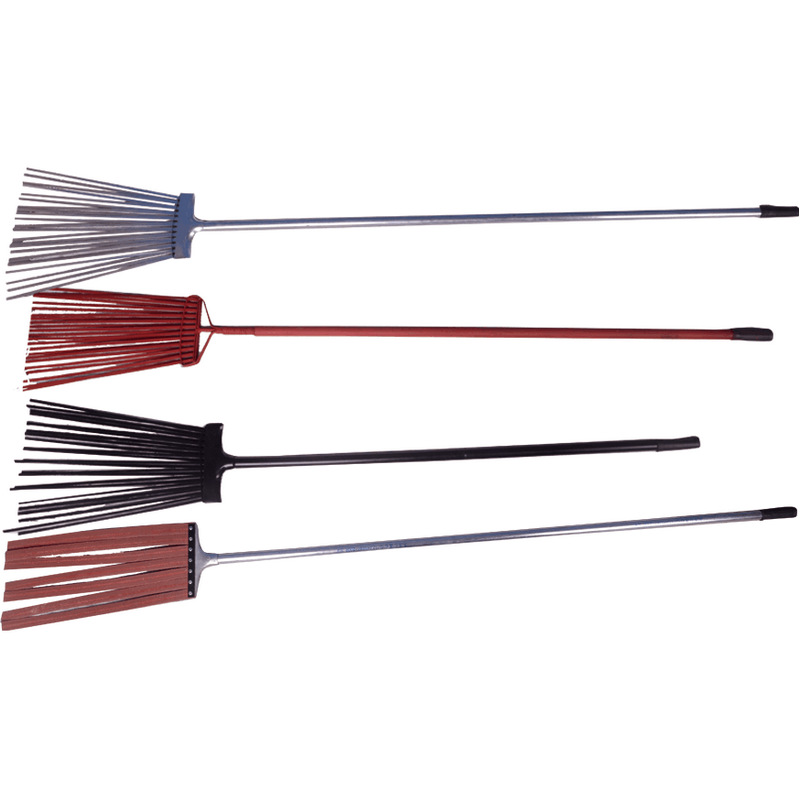
Figure 6: A Fire Beater undergoing quality inspection.
Conclusion
The industrial Fire Beater is more than just a basic tool; it is a meticulously engineered component of a comprehensive industrial safety strategy. Its robust design, advanced material science, and adherence to stringent quality standards ensure reliable performance in the most demanding environments. From preventing small incidents from escalating in petrochemical plants to safeguarding operations in mines and utility sectors, the specialized Fire Beater offers unparalleled immediate response capabilities. Choosing a high-quality, technically superior Fire Beater from a trusted manufacturer with strong customization capabilities is a strategic decision that enhances workplace safety, protects critical assets, and ensures business continuity. Invest in the best to ensure maximum protection.
References
- National Fire Protection Association (NFPA) Standards. "NFPA 1977: Standard on Protective Clothing and Equipment for Wildland Fire Fighting."
- International Organization for Standardization (ISO). "ISO 9001: Quality Management Systems – Requirements."
- American National Standards Institute (ANSI). "ANSI Z87.1: Occupational and Educational Personal Eye and Face Protection Devices."
- Occupational Safety and Health Administration (OSHA). "29 CFR 1910.157: Portable fire extinguishers."
- Material Science Research Group. "Innovations in Non-Sparking Alloys for Hazardous Environments." Journal of Industrial Safety, Vol. 15, No. 3, 2022.









